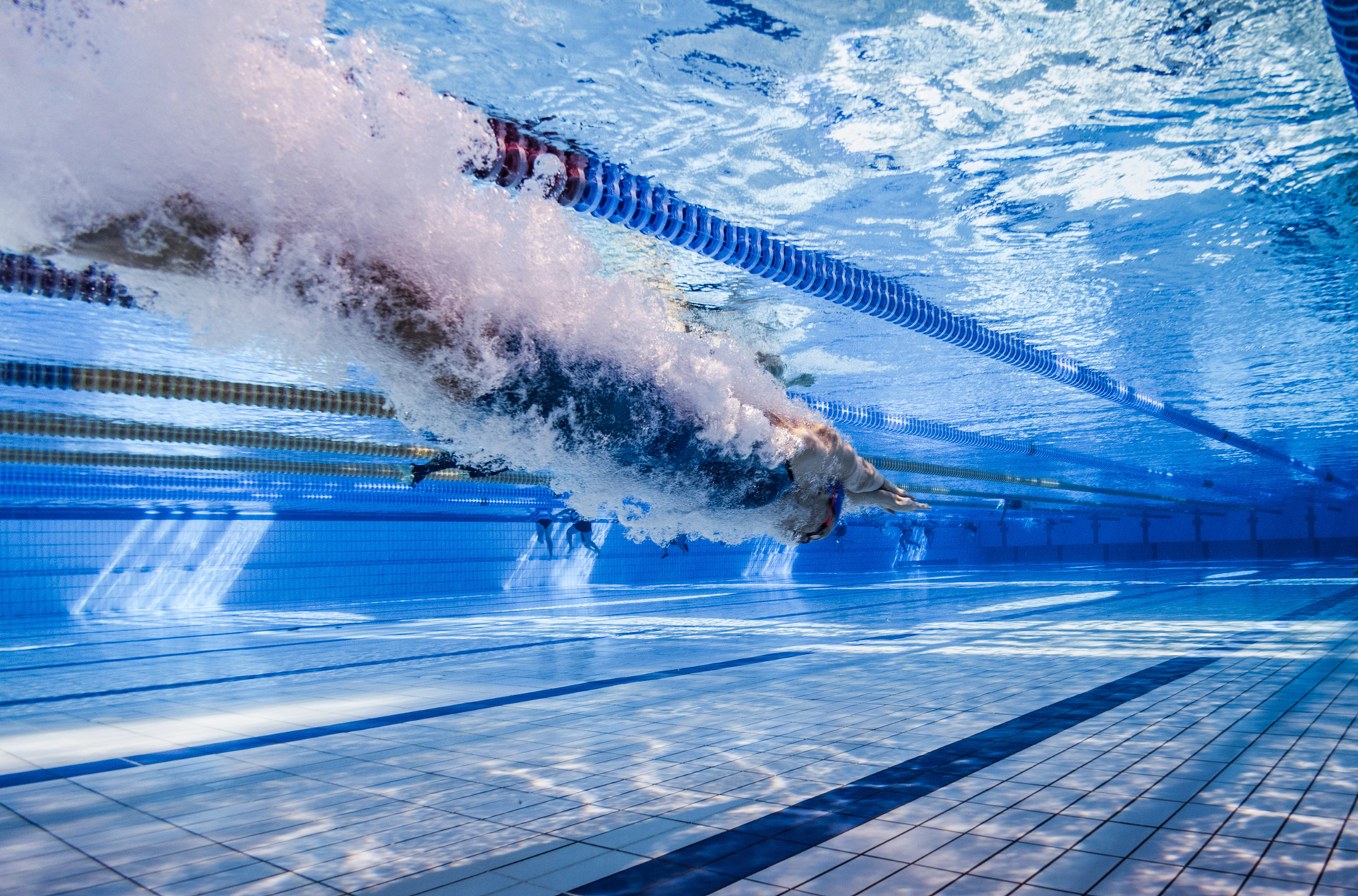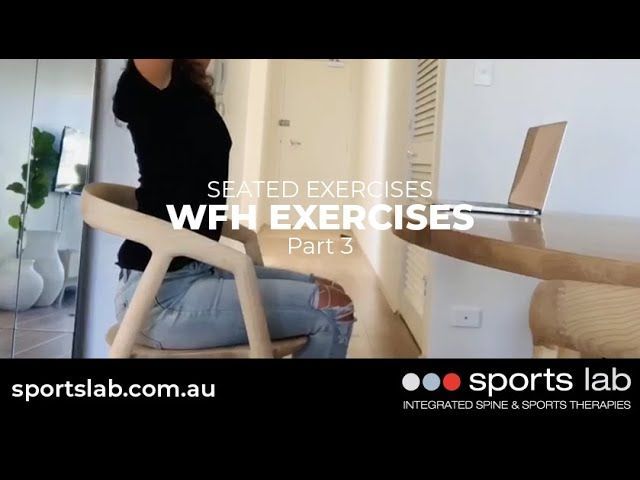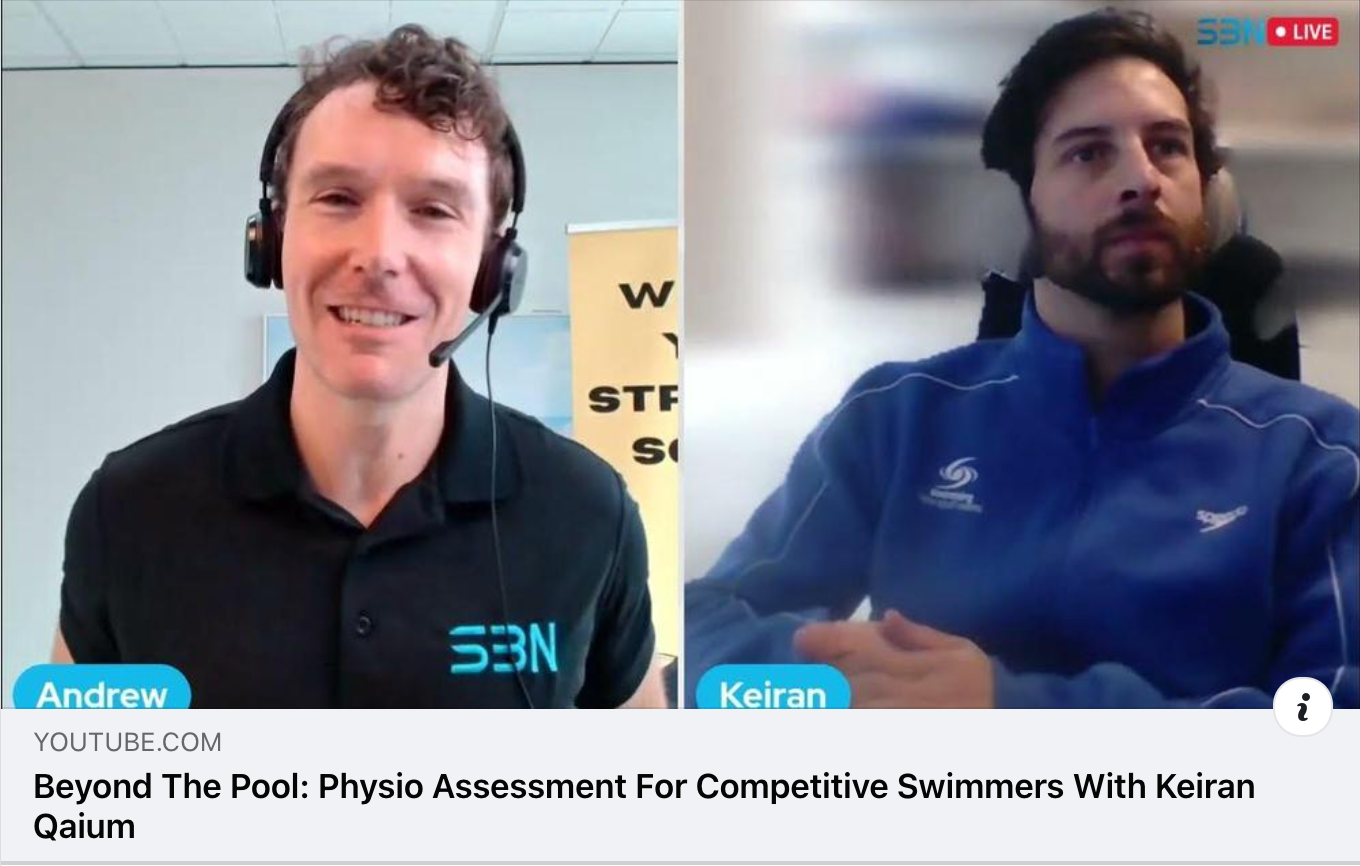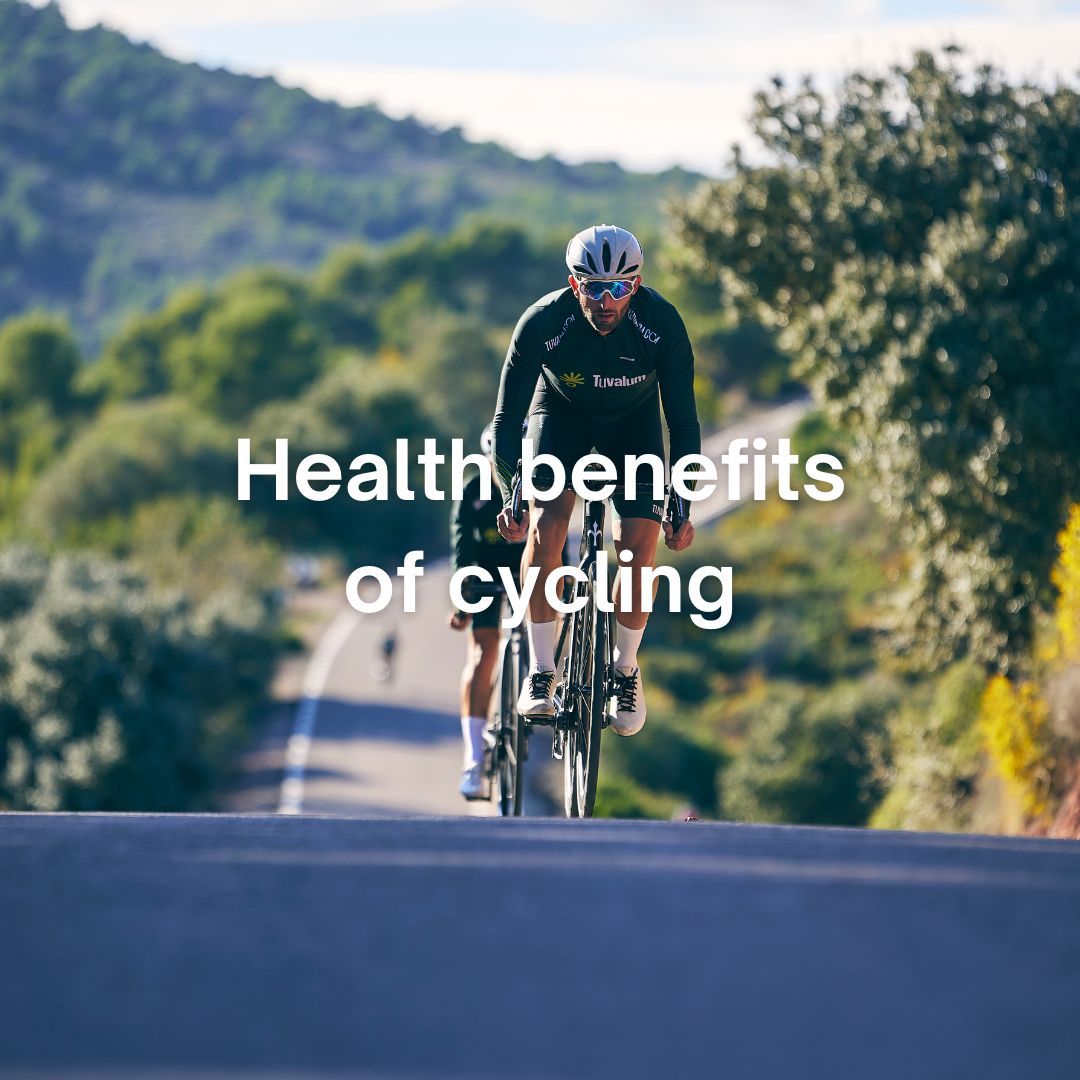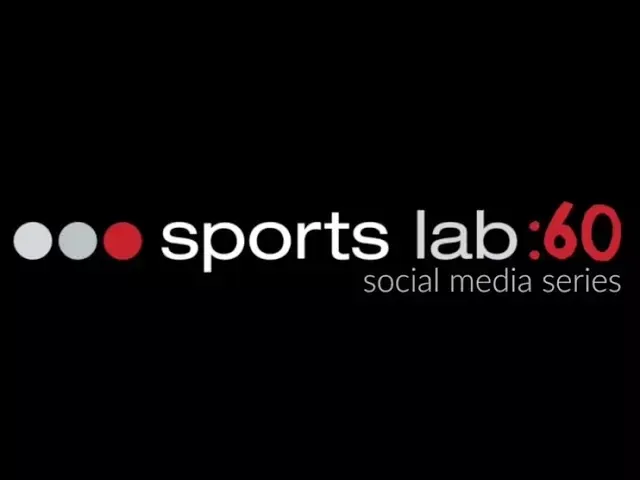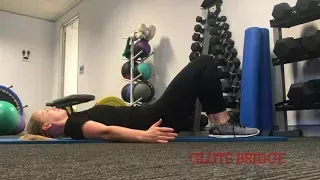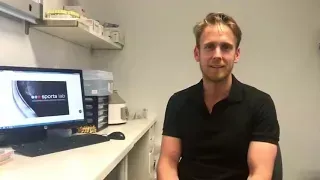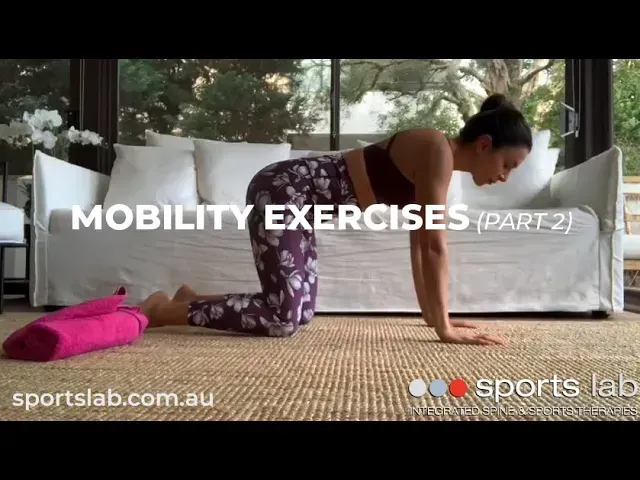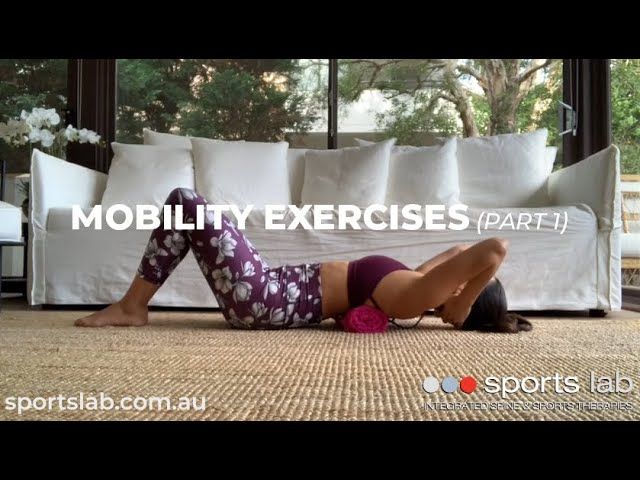The Benefits of Massage for Runners
The Benefits of Massage for Runners: Enhancing Performance and Recovery
As a runner, you know that maintaining optimal performance and recovering effectively are essential for achieving your goals. While training and proper nutrition play a crucial role, incorporating massage therapy into your routine can provide significant benefits. Massage not only helps alleviate muscle tightness and soreness but also enhances circulation, joint range of motion, and overall well-being. In this comprehensive guide, we will explore the numerous benefits of massage for runners and provide insights on how to incorporate it into your training program effectively.
Understanding the Impact of Massage on the Muscular System
Running requires sustained and repetitive muscle contractions, generating force and engaging multiple muscle fibers. However, these contractions can lead to muscle tightness, restricted joint range of motion, and decreased circulation to compressed tissues. Massage therapy works by elongating the muscles, relieving tightness, restoring joint mobility, and improving circulation.
Massage has a profound effect on the circulatory system, responsible for delivering oxygen, nutrients, and removing waste at the cellular level. By improving circulation, massage enhances the delivery of oxygen and nutrients to muscle tissues while facilitating the removal of metabolic by-products and waste.
The Physiological Responses of Massage
Therapeutic massage elicits specific physiological responses that are particularly beneficial for runners. It increases blood circulation, dilates blood vessels, and reduces blood pressure. These effects are crucial for faster recovery, injury prevention, and improved performance. It’s important to note that therapeutic massage involves applying deep pressure designed to correct soft tissue issues and should only be administered by a licensed professional.
The Multifaceted Benefits of Massage for Runners
Massage therapy offers a wide range of benefits for runners, both physically and mentally. Let’s explore the various advantages in detail:
- Improved Circulation
Massage therapy dilates blood vessels, promoting better circulation and lowering blood pressure. By assisting venous blood flow and promoting the rapid removal of metabolic waste products, massage enhances the overall efficiency of the circulatory system. - Enhanced Oxygen Carrying Capacity
Massage improves the oxygen-carrying capacity of red blood cells, ensuring that muscles receive an ample supply of oxygen during exercise. This increased oxygenation aids in better performance and reduces fatigue. - Respiratory Muscle Function
Tight respiratory muscles can impede breathing and hinder performance. Massage helps loosen these muscles, improving pulmonary function and enabling runners to breathe more efficiently. - Reduced Muscle Soreness and Fatigue
Intense training sessions can leave runners with muscle soreness and fatigue. Massage therapy effectively reduces these symptoms by alleviating muscle tension and promoting relaxation. - Increased Joint Range of Motion
Maintaining optimal joint range of motion is crucial for runners to prevent injuries and enhance performance. Massage helps restore and improve joint mobility, allowing for smoother and more efficient movement. - Stress Reduction
Running can be physically and mentally demanding, leading to increased stress levels. Regular massage sessions provide a much-needed opportunity for relaxation and stress reduction, promoting overall well-being. - Hormonal Balance
Massage therapy has been shown to reduce cortisol levels, the hormone associated with stress. It also decreases norepinephrine and epinephrine levels, leading to a more balanced hormonal state. - Posture and Gait Improvement
Maintaining proper posture and gait is crucial for injury prevention and efficient running. Massage helps restore posture and gait alignment, ensuring optimal biomechanics during training and races. - Connective Tissue Healing
Overuse injuries can occur due to repetitive stress on connective tissues. Massage therapy promotes connective tissue healing and helps prevent the development of chronic conditions.
Incorporating Massage into Your Training Program
To maximize the benefits of massage, it’s important to develop a well-planned treatment plan and integrate it into your training program effectively. Consider the following factors when incorporating massage therapy:
- Regular Schedule
Set a regular schedule for your massages based on your running goals and budget. Whether it’s once a week, once a month, or every two months, consistency is key to reaping the full benefits of massage therapy. - Training Goals and Budget
Assess your training goals and budget when deciding the frequency of massages. If you have recurring injuries, tackle new distances, or push your limits, more frequent massages may be necessary. Consider how much you can realistically afford to spend on massage therapy. - Align with Training Schedule
Take into consideration your training schedule when scheduling massages. Identify the dates of long runs, key workouts, or races, and schedule massages accordingly. For example, if you have a long run every second or third weekend, schedule a massage a day or two after to aid in recovery. - Pre and Post-Race Massages
For race preparation, schedule a pre-race massage 3-5 days before the event to optimize muscle function and relaxation. Similarly, schedule a post-race massage 3-5 days after the race, once the muscles are no longer sore to the touch, to aid in recovery. - Hydration, Stretching, and Nutrition
Between massages, it’s essential to prioritize hydration, stretching after runs, foam rolling, and maintaining a clean and healthy diet. These practices complement the benefits of massage and help extend its effects.
Conclusion
Massage therapy offers numerous benefits for runners, ranging from improved circulation and joint mobility to reduced muscle soreness and stress reduction. By incorporating regular massages into your training program, you can enhance performance, prevent injuries, and promote overall well-being. Remember, the effects of massage therapy are cumulative, so consistency is key. Consult with a licensed professional to develop a personalized treatment plan that aligns with your training goals and budget. Embrace the power of massage and enjoy the increased benefits it brings to your running journey.
